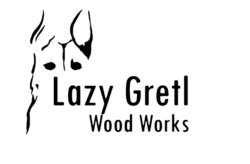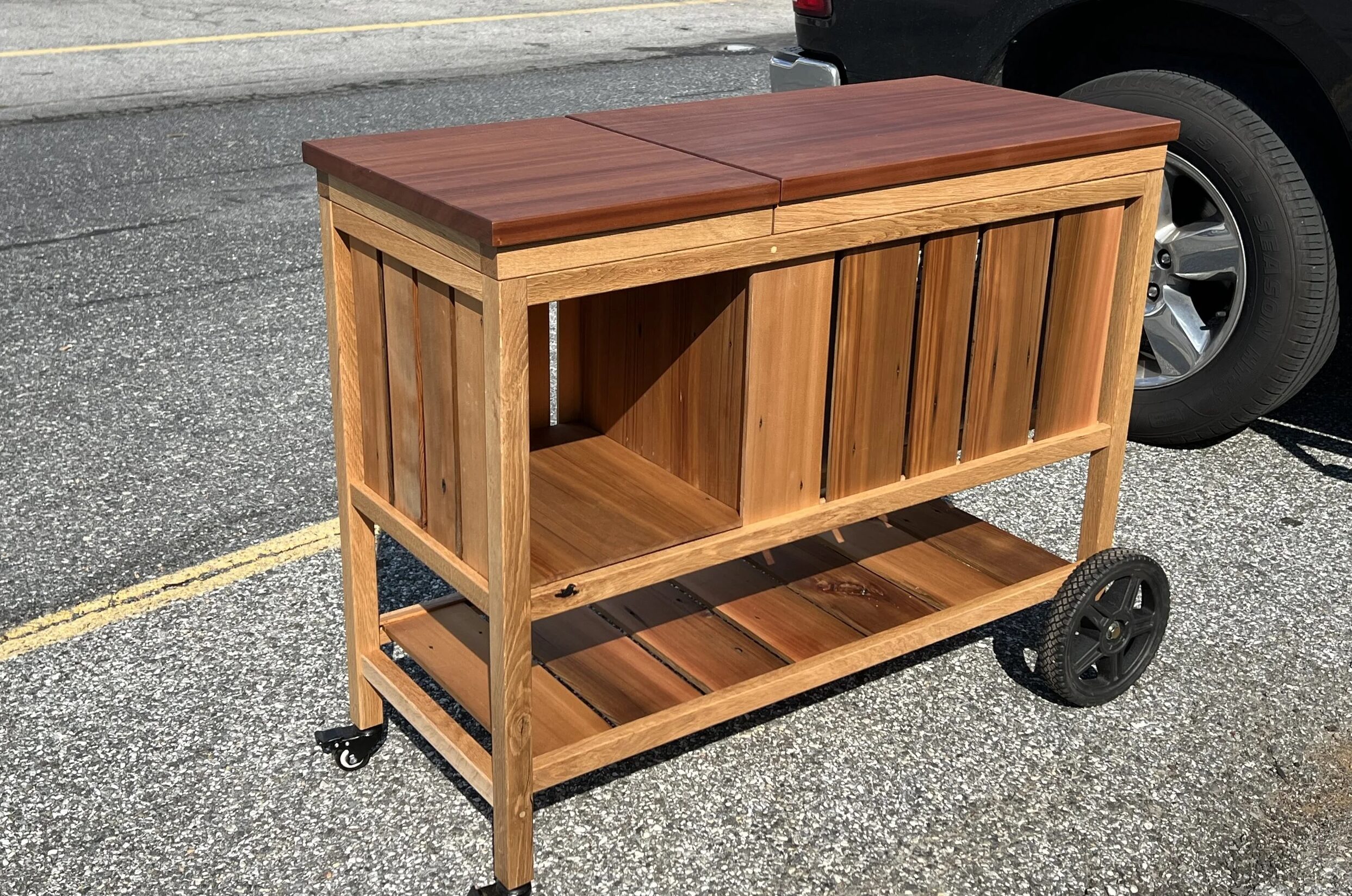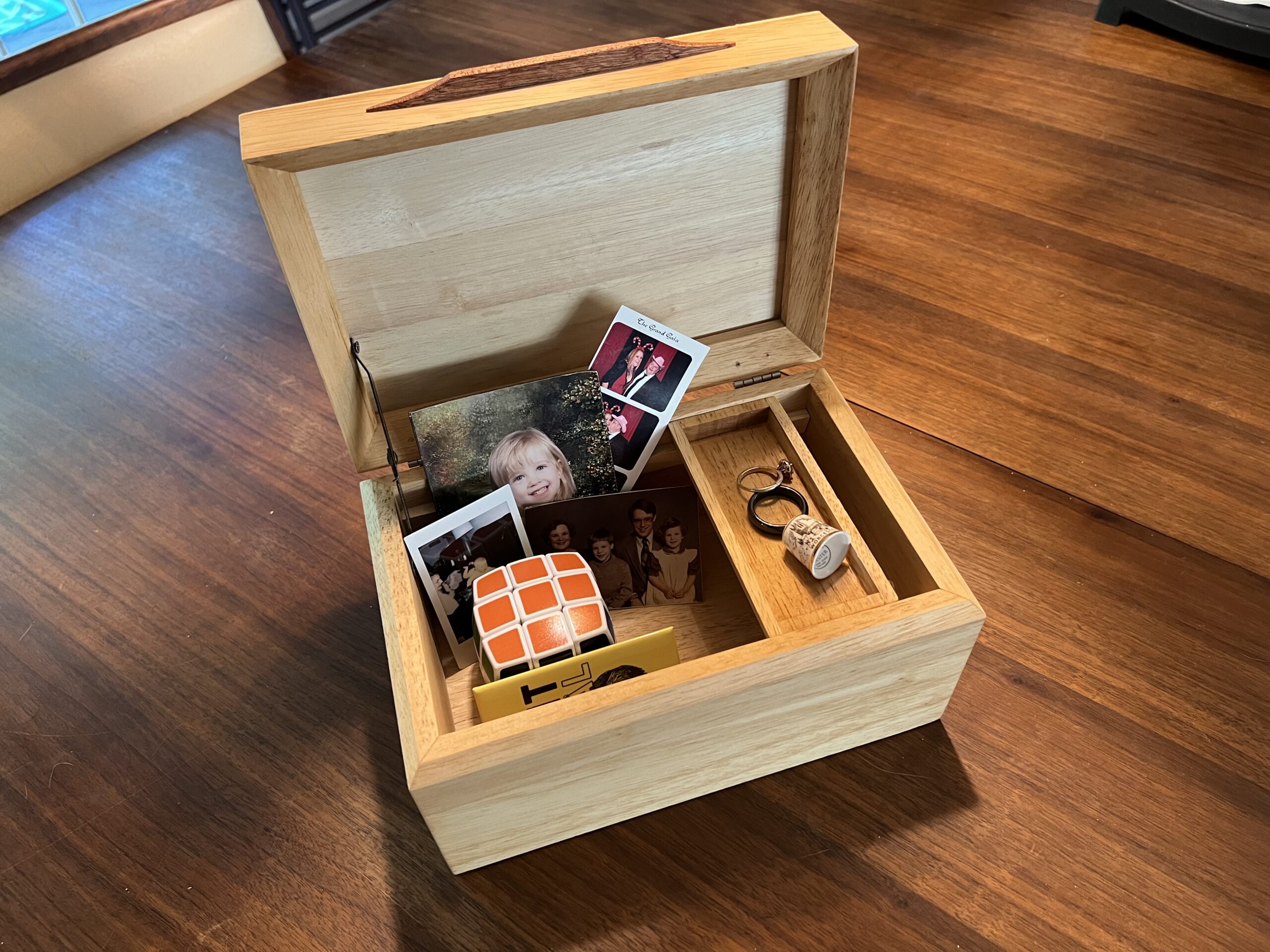A lovely gentleman named Ben reached out to us last year for some refurbishment work on an heirloom church bench. We typically build new pieces and don’t take in this kind of work, but Ben’s story was quite lovely, and I was happy to help him preserve this piece of personal and family history.
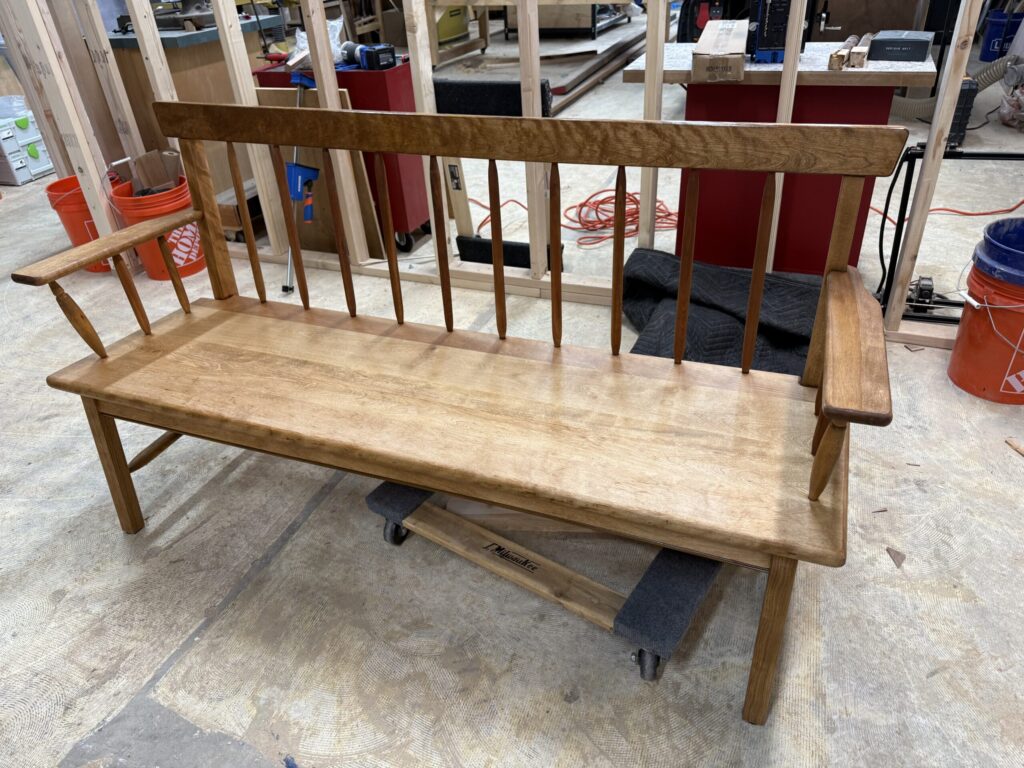
Ben sent me an email explaining how his grand father (or was it great grandfather?) had made this bench – one of several dozen – for a church he was affiliated with. I don’t know if he made too many benches, or the church later made changes or closed, but at some point this bench was handed down through the family and ended up on Ben’s home in Delaware County, Pennsylvania. The bench was painted a few times, had sees some weathering, and was showing its age. I’m not going to say it was in rough condition, but it definitely needed some attention.
I offered Ben a significant discount if he could leave it with me to act as fill-in work, if he wasn’t in much of a rush for it. I’d estimated I’d hold onto it for a few months, and do a little bit of work as time and other projects allowed. Ben loves the bench, but also had practical and reasonable limits on how much he could and would spend on the project. We worked out a rough timeline and a price that was about 20% of what I’d normally charge for such work. I promised Ben we would take great care of his family’s shared memories surrounding this piece, and get it back to him in great shape, ready for the next 100 years making new memories.
We disassembled the bench to its smallest pieces, meticulously sanded off the old stain and paint, and found a cornucopia of different species making up this piece. All told, I think we identified ash, oak, mostly cherry, and some walnut comprising this bench in total. The seat panel was much thicker than it probably needed to be and had a serious dip in the center that must have been there from original manufacture. There was no support rail in the back under the seating surface, and no indication anything was ever serving that role, supporting my supposition that it was dipped and warped since new.
I sliced the bench surface down the middle, cleaned up what I could of the dipping and warping, providing as flat a surface as I could expect to get while maintaining most of the slab’s thickness. After cleaning up some wear areas, some broken sections, and reassembling the slab and putting it aside, I turned to the frame. Several of the joints were weakened and loosened over time, and some had been repaired with various screws and other fixes. With some work and great care, we got all the joints apart, and discovered the front legs simply weren’t usable; too many repairs, too many holes and screws, too many thisses-and-thats over the last century. And some of the wood around the broken tenon was spongy and cracked. I guess it took on some moisture some time in the past and the wood took too long to dry out before some rot set in.
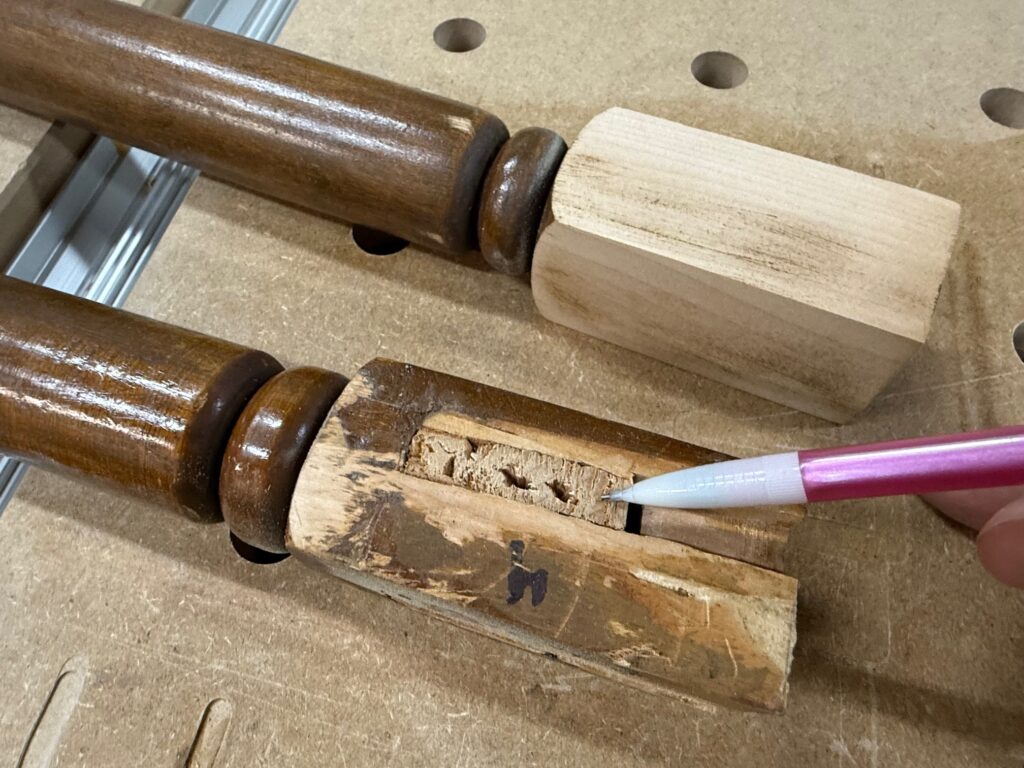
Ben and I discussed some options, and he was fine with replacing the pieces with a simpler visual design that fit in more with the design of the rest of the bench than the legs that were on it. We both wondered if the front legs had been replaced some time due to the style mismatch, or perhaps his grandfather had simply used whatever legs he could find at the time. In any case, we agreed the new legs, simpler and more in line with the overall style, were necessary.
I moved the front and rear legs inboard about and inch and a half to offset the very blocky look, as well as to allow me to cut new tenons in the ends of the under-seat stretcher in the front. I matched that with a new stretcher in the back. This provided a new level of support and stability, and eliminated the racking the frame had previously tended to have without the rear support.
By the time we were finished with it, we had removed the bench dip, strengthened the frame by fixing all the joints, replacing the front legs, and adding a rear stretcher. Additionally all the spindles were re-glued with modern glue and well clamped and cured before final assembly. The hardware used to attach some pieces were replaced with period-accurate brass hardware, and screw holes were elongated where necessary to facilitate seasonal wood movement.
When we delivered the piece, Ben was very happy with the final product, and was scheduling a get-together with his siblings and other family members to show off the bench and celebrate its return to daily use in their home.
We were grateful and honored to help Ben and his family with this wonderful hand-crafted bench. Thank you for the opportunity, Ben.
